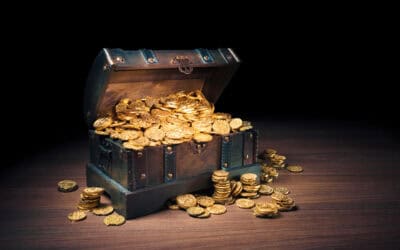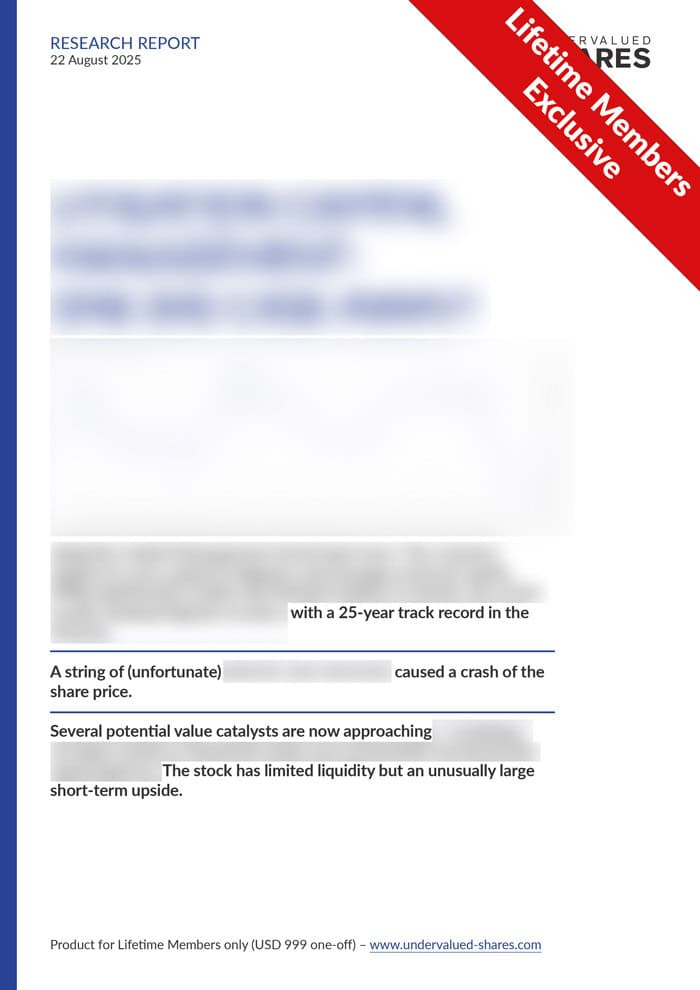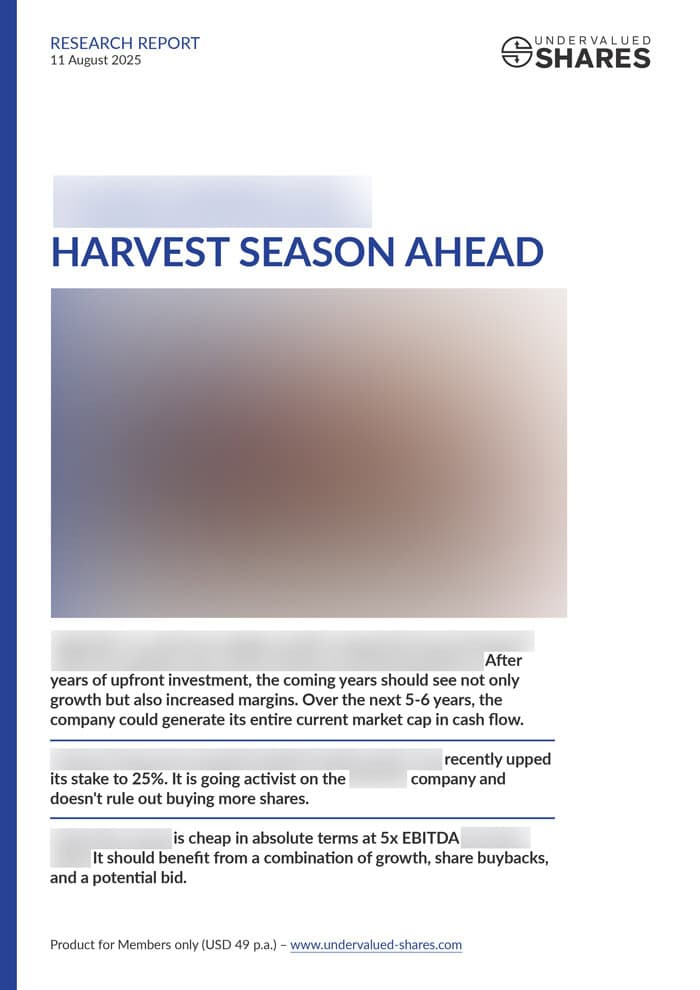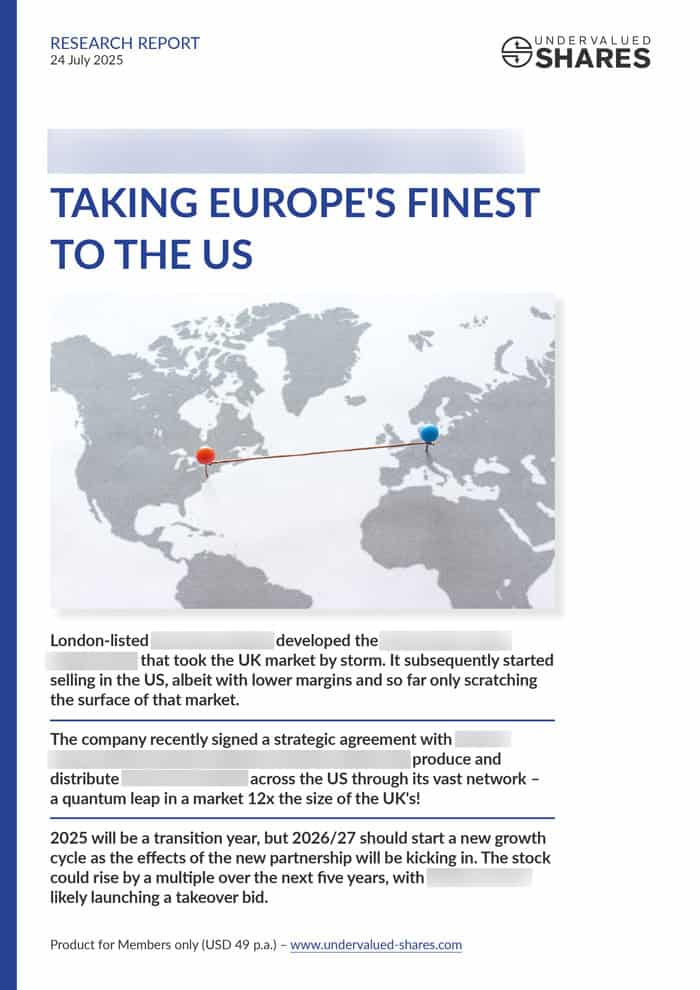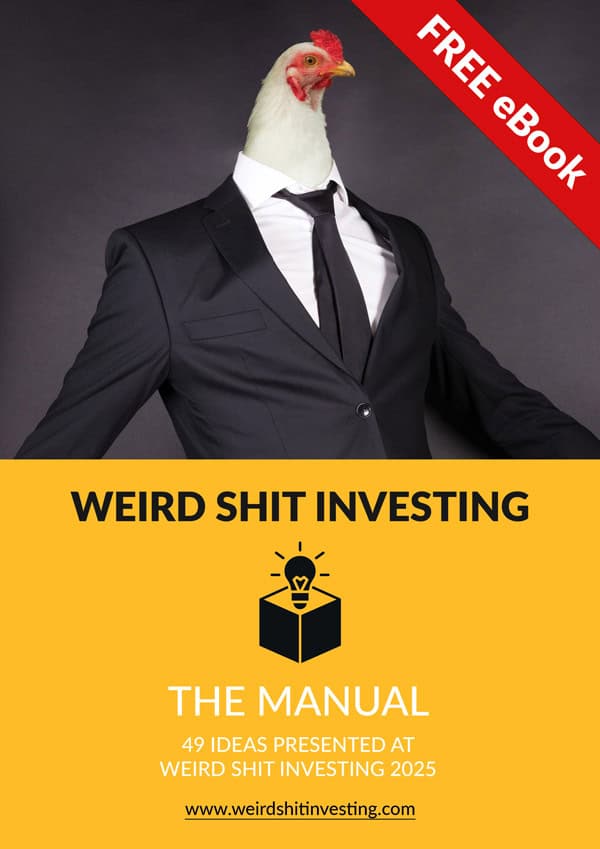Seaport Entertainment Group is a NYSE-listed play on the revival of New York’s southern tip. I visited the neighbourhood to evaluate the opportunity.
Lindblad Expeditions or “How to invest in products you actually enjoy”
Image by Arne Beruldsen / Shutterstock.com
Investment analysis can be surprisingly easy, provided you follow the principles of Peter Lynch. During his 1977-1990 tenure as manager of the Fidelity Magellan Fund, Lynch advocated investing in companies whose products are relatively easy to understand or which you are familiar with because you are a customer of the company.
His view was that the better you understand a business and why its product is competitive, the better a chance you stand of identifying a stock that has a good chance of earning superior returns.
This sounded almost too simple and too good to be true, but Lynch's results spoke for themselves. Over his 13-year period of managing what became Fidelity's flagship fund of the time, he earned an average annual return of 29.3%. His advice was immortalised in "Beating the Street", a book that I read during my early days of stock market investing and which has become a classic among Wall Street-related literature.
It's a principle that I applied when pointing out Lindblad Expeditions (ISIN US5352191093, Nasdaq:LIND) to friends back in 2015 when the company's stock first started trading. As a long-time user of the company's products, I was convinced at the time that Lindblad Expeditions had good prospects as an investment.
Here is a brief analysis of a company that outside the US, hardly anyone will have heard of so far. Even within its US home market, its products and brand will be by far better known than the fact that it's now actually listed on a stock market!
I'll also review how the share has done since I first raved on about it, and where it might go from here.
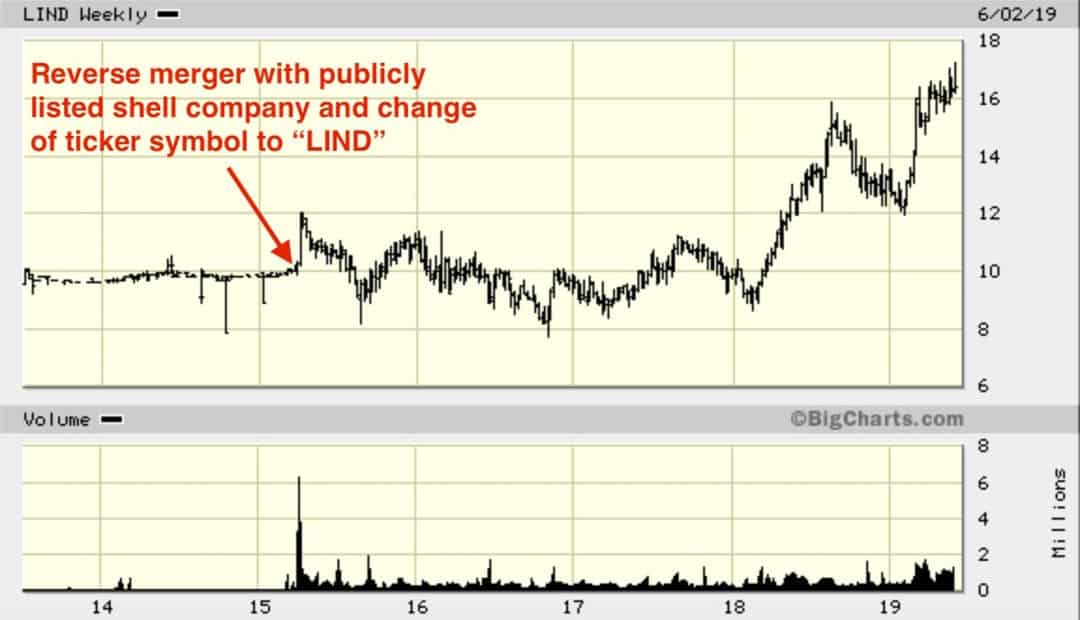
Not just any ordinary cruise ship operator
On the surface of it, "Lindblad" (as most people call the company) appears to be just another operator of cruise ships.
However, not all is as it seems.
For a start, Lindblad earns vastly more money per passenger than its bigger, better-known cruise ship rivals. The company's net yield per passenger – a key industry figure that measures the profitability per passenger – is USD 1,099. That's nearly seven times the profitability per passenger of Carnival Cruise Line and almost five times that of Norwegian Cruise Line. In the case of cruise ship companies, bigger doesn't necessarily mean better.
The company also scores brilliantly in terms of repeat bookings. Of its 200,000 passengers per year, a very impressive 40% are repeat customers (and 16% have been on more than four (!) Lindblad cruises).
Since 2010, its revenue has increased more than three-fold, from USD 110m to USD 354m, or at an average annual growth rate of 13%. EBITDA has outgrown revenue during this period with an average annual increase of 17%. The "worst" occupancy rate of any given years was 87% in 2011, which means that Lindblad boats are nearly at full capacity at any given time.
These are stunning figures. How does the company do it?
Unlike mass market cruise operators like Carnival or Norwegian, Lindblad has carved out its own niche. It’s the cruise company you book if you want to go on an adventure or expedition. Fancy a trip to Antarctica, Baja California or Alaska in the company of highly-educated guides and with all land trips happening in small groups? In that case, Lindblad is your company!
I know them because the company has always had a strong presence in the Galapagos Islands, where I had the good fortune of going on several Lindblad cruises myself, meeting hundreds of happy Lindblad guests, and even getting to know the company's founder and major shareholder, Sven Lindblad (who probably to this day remains envious that the particular spelling of my name makes up the four cardinal directions: S-outh, W-est, E-ast, N-orth).
As someone who has had a fair bit of exposure to the company's products, I never doubted that this company was only ever going to grow. I'd happily recommend a Lindblad cruise to anyone among my family and friends, entirely confident that they'd come back raving about their experience. It's a product that never disappoints. In case you wonder, their cruise experiences start at USD 2,600 and can cost up to USD 124,000; though the average price paid is USD 13,000.
In 2015, it became possible to buy a stake in these products. However, at the time, barely anyone noticed that the company went public.
A low-profile, little-noticed backdoor listing
Lindblad Expeditions didn't go public the usual way but via a backdoor. The company merged with an existing publicly listed company, which then changed its name to Lindblad Expeditions. There was no public placement of newly issued shares either. Because the listing wasn't done with the usual media fanfare, even US investors barely noticed that Lindblad had become a Nasdaq-traded company. I only knew of it because I was relatively close to the company already.
At the time, I wasn't writing this blog but I did point it out to followers of my Facebook profile. The stock price was trading around USD 9. Admittedly, it took a bit longer than expected for the stock price to get into gear. The share first oscillated around the USD 10 mark for three years, but over the past 18 months finally started to establish an upward trend. At last count, it was trading around USD 16.
Much as short-term predictions are next to impossible, I remain convinced that this company has a great future ahead of itself during the next five, ten, and twenty years. What convinces me of its future prospects is the combination of a tiny market penetration compared with a juggernaut media partnership.
In 2018, more than 25m people went on a cruise. Lindblad has so far captured a global market share of less than 1%. However, interest in the kind of journey that Lindblad is offering is growing by leaps and bounds. If you believe that the "Experience Economy" will continue to do well because people are looking for unique travel experiences, then Lindblad is one of the better bets for you. Take a look yourself: www.expeditions.com gives you an overview of the trips that you can book with the company. Would you not want to go on some of these outstanding travel experiences? If you do end up going, I can assure you that you'll have an exceptional experience. I did mention those repeat guests already. Repeat guests mean lower marketing costs and stronger pricing power, both of which then translates into higher margins.
The company's challenge has always been to make more people aware of its existence and why its cruises are so different from what you can book elsewhere. However, that is now taken care of through a partnership with National Geographic, the world's biggest media channel for anyone interested in adventure, exploration, and nature.
"NatGeo" has 67m magazine readers around the world; its TV programme is watched by 500m people each year, and it has a staggering 195m Facebook followers as well as 142m Instagram followers. It has purchased a 5% equity stake in Lindblad Expeditions, and it promotes these cruises under a joint "Lindblad – NatGeo" branding.
It's a fairly straightforward marketing pitch: "Did you just enjoy this TV programme about whales in Baja California? Here is the educational cruise you can book to see them in the wild!"
With a near-perfect match between the products and experiences Lindblad offers on the one hand, plus NatGeo's approach to reporting about the world's most incredible natural and cultural wonders, it's no surprise that this partnership is going from strength to strength. It's a natural fit. The sheer number of people that can gradually filter through to Lindblad Expeditions and become (repeat) guests is mind-boggling.
No wonder then that Lindblad already has just taken delivery of a few additional ships.
The question is, will it continue and what's in it for shareholders?
Short-term risks but a bright long-term future
Lindblad's products are, at the end of the day, a luxury. That leaves investors exposed to economic downturns.
During the 2008 period, the company did take a hit because its predominantly US-based clientele reigned in spending when financial markets tanked. Any major adverse economic developments in the US would undoubtedly put a dent in Lindblad Expedition's sales.
However, the megatrends that have been fuelling the company's growth are unlikely to stop.
- Nature tourism, adventure travelling, and expeditions with a strong education angle are among the fastest-growing segments of the travel market.
- The number of college-educated people who are retiring will continue to grow over the next decade. Highly-educated retirees are the company's primary and most lucrative market.
- It has an existing strong brand and a truly unique, well-established partnership with NatGeo, which in turn is seeing major investment and growth initiatives from its new parent company, the Walt Disney Group (who acquired it as part of their takeover of 21st Century Fox). There couldn't be a better advertising channel or brand match!
Provided the company sticks to its established model and simply keeps scaling it up, I could well imagine the 2020s again delivering revenue growth by a factor of three or four. High investments in new ships and the subsequent depreciation have been weighing on earnings, and Lindblad is likely to continue investing in growth instead of maximising dividend payments. The company's market cap is USD 750m, which is about 11 times the company's forecasted 2019 EBITDA. The stock is currently probably fairly valued. Based on my standards, it's neither overly cheap nor particularly expensive.
This is a company I would put onto my radar screen for buying stock either if the markets tank and the share price gets under significant pressure, or with a view to simply putting it away for the next five or ten years and trusting the management to keep doing its magic.
Sven Lindblad, the founder, is holding 29.2% of Lindblad shares. His stake is worth over USD 200m. At 68 years of age, he does not appear to be slowing down just yet, and he seems to be spritely and in good health (and he is also a truly great guy!). As the son of Lars-Erik Lindblad, who many say was the pioneer of organised adventure travelling, he has taken the company forward by a million miles since taking its helm in 1979. There is also already another generation of young Lindblads who are coming of age (one of whom I spotted on LinkedIn, he now works in the company's business development). I'd have high hopes this stays a family-owned cruise ship business, and that it simply sticks to scaling up the model that it has established so well.
With a multiple of the profitability per passenger than other cruise ship operators have to contend with, it probably means the few investors who are in the know about this opportunity will continue to do well in the long run.
Or, alternatively, you can simply use them to book your own holidays and adventures. Which, if you follow Peter Lynch, might even be a prerogative before investing in the company. Did any stock analysis ever give you a better justification for treating yourself to a fantastic trip?
Did you find this article useful and enjoyable? If you want to read my next articles right when they come out, please sign up to my email list.
Share this post:
Get ahead of the crowd with my investment ideas!
Become a Member (just $49 a year!) and unlock:
- 10 extensive research reports per year
- Archive with all past research reports
- Updates on previous research reports
- 2 special publications per year
P.S.: Check out my latest in-depth report about an investment opportunity you won’t get to read about elsewhere (yet!). Available for Members only so sign up now to get immediate access.

